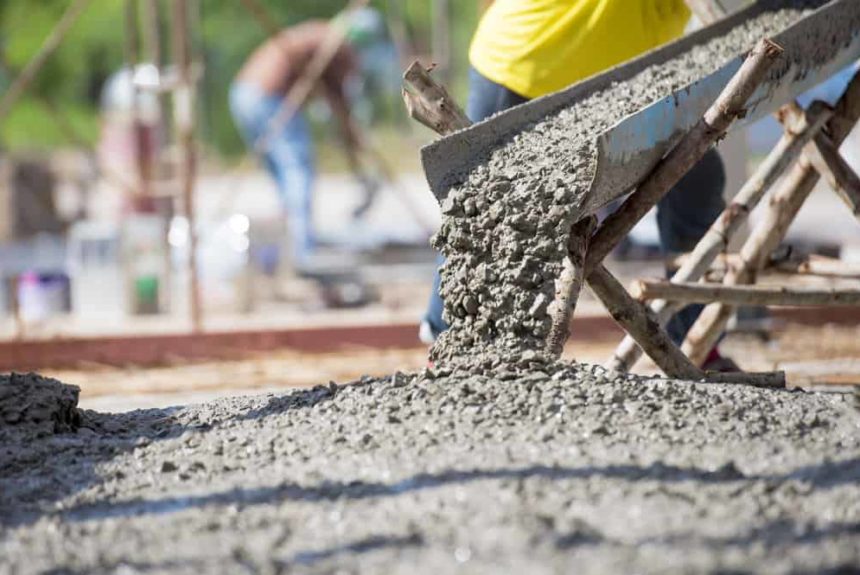Originally from ClearPath
Cement is a literal glue that holds much of society together. Since the Roman Empire, cement and concrete have been used as a building block of societies. Today, concrete is the most used man-made material on the planet, used in everything from roads to buildings and more. It’s so ubiquitous, the world makes about 7.5 times the weight of every person on Earth in concrete each year. Traditional methods of making cement and concrete, however, also result in carbon dioxide emissions. Around the world, cement and concrete production alone makes up about 8% of global carbon dioxide emissions.
How It Works
Although often used interchangeably, cement and concrete are different. Cement is an ingredient in concrete. It’s the glue that holds mixtures of small particles (“aggregates”) together, to make up concrete. The recipe is actually quite simple:
Cement + Aggregates + Water = Concrete
Cement cannot be made without “clinker,” an ingredient that produces emissions – even if fossil fuels are completely removed from production.

The carbon dioxide emitted in this reaction is referred to as “process emissions,” since they would be created – even if the heat was produced without burning fossil fuels. About 60% of a cement plant’s emissions are process emissions. They are the main reason cement production cannot be decarbonized without carbon capture technologies.
Market and Commercialization Opportunities
Carbon capture. Cement plants are a low-hanging fruit for carbon capture, which can result in significant carbon reductions for the industry. The Department of Energy is collaborating with the private sector to explore the feasibility of two demonstration projects, but more are needed to drive down the costs and bring the technology to scale. If applied to all U.S. cement plants, carbon capture could avoid up to 72 million tons of CO2 emissions per year. This is equivalent to taking more than 15 million cars off the road.

R&D. New materials and recipes could significantly reduce the environmental footprint of cement and concrete. Because cement is concrete’s primary source of cost and emissions, replacing cement with alternative materials is already being explored by industry. Building materials can be synthesized containing CO2 in the form of mineral carbonates. This can take the form of synthetic aggregates, CO2-cured concrete, or alternative cement, some of which have already seen some commercial success. Funding is needed for additional R&D and life cycle analysis.
Policy
A portfolio of solutions is necessary for the decarbonization of concrete and pavements. Summing up all the decarbonization opportunities, it is feasible to develop concrete with about two-thirds less carbon emissions than currently emitted today using known technologies and processes. These opportunities, however, are unlikely to be implemented without addressing systemic barriers, such as costs and restrictive regulations.
1. Demonstration and Deployment – Fund pilot or demonstration carbon capture projects at cement plants.
2. Research and Development – Increase research into alternative concrete recipes and ingredients.
3. Regulatory Improvements – Encourage regulatory bodies to shift to performance-based specifications.
Read Cement and Concrete 101 on ClearPath.
The views and opinions expressed are those of the author’s and do not necessarily reflect the official policy or position of C3.
